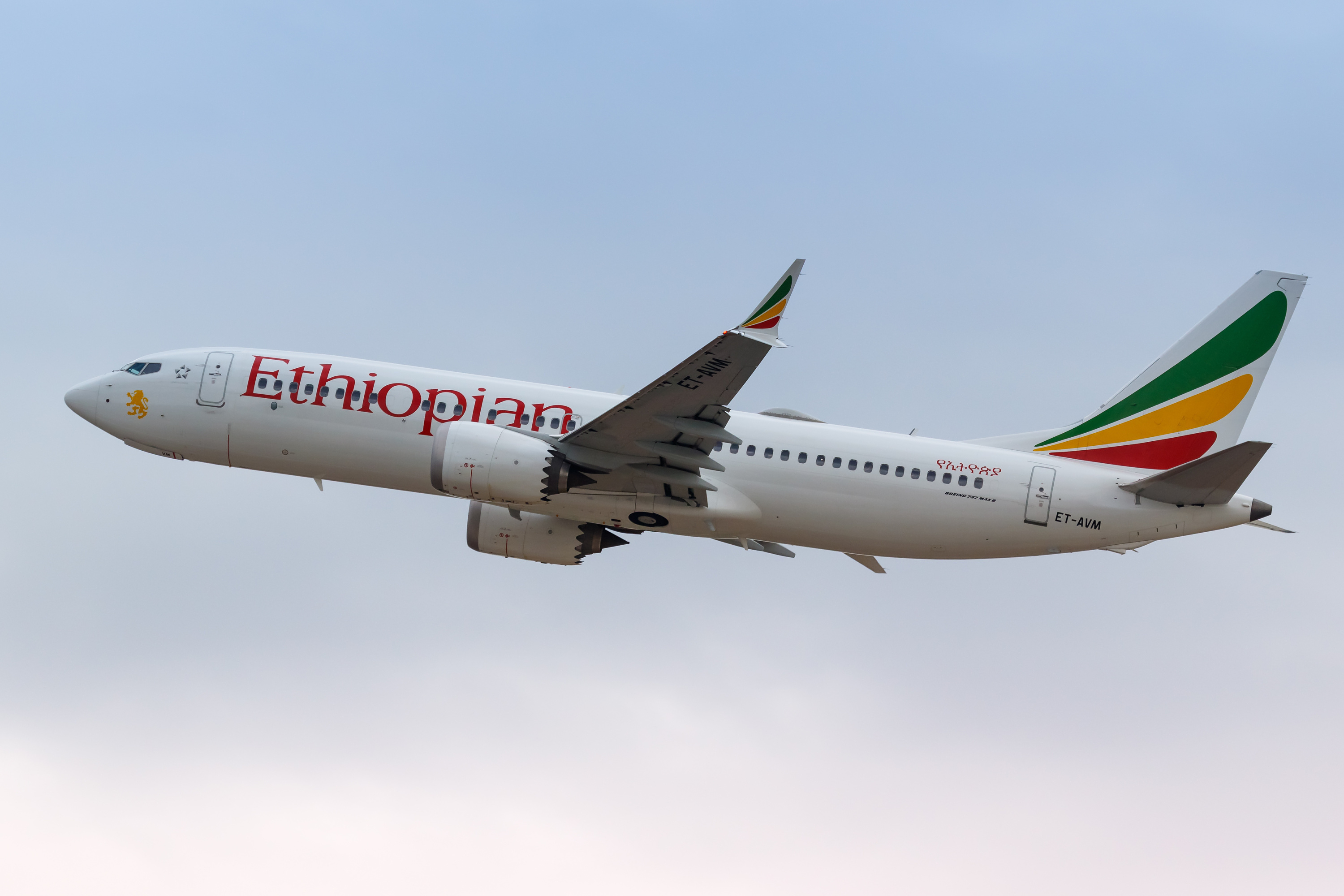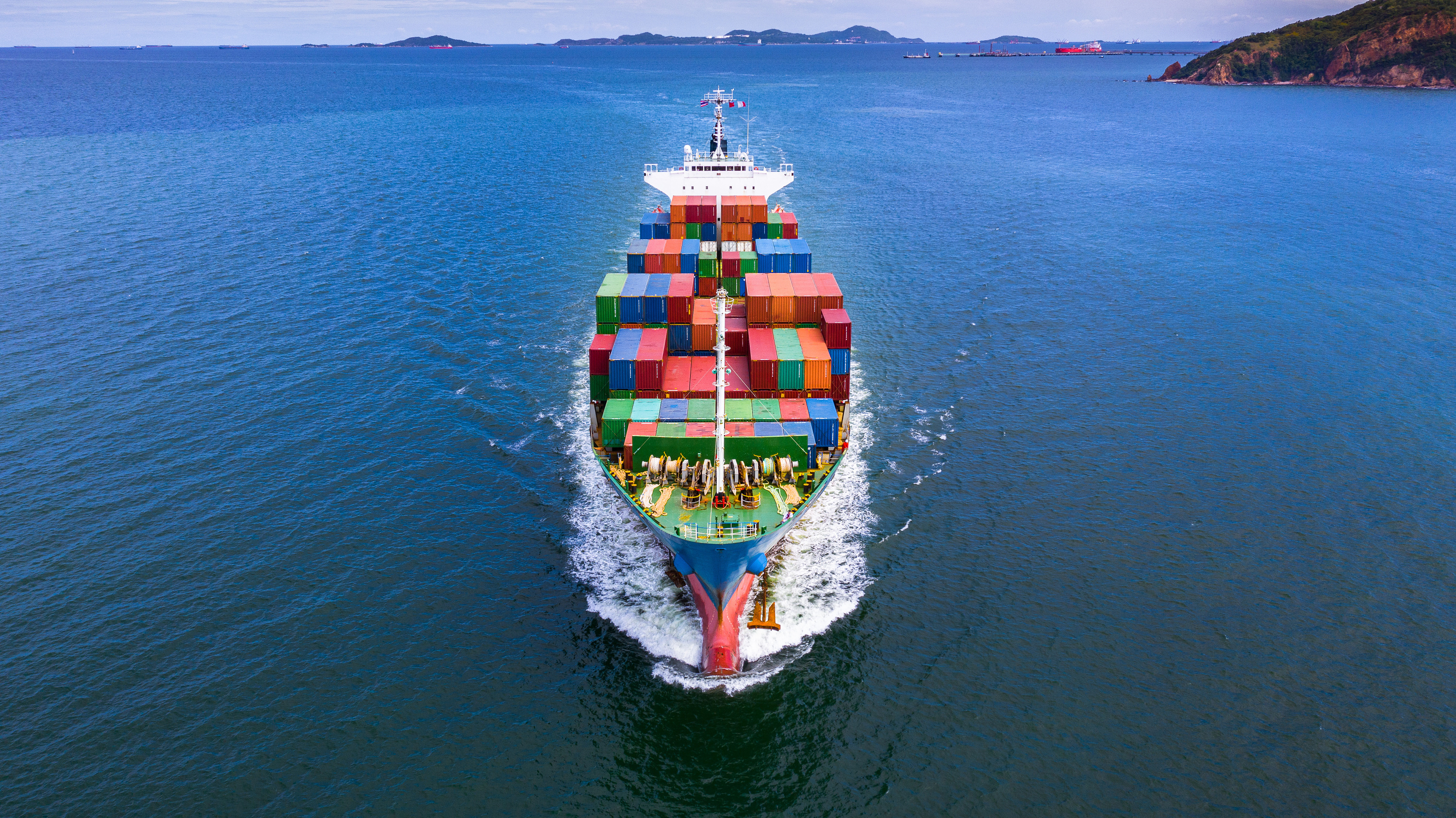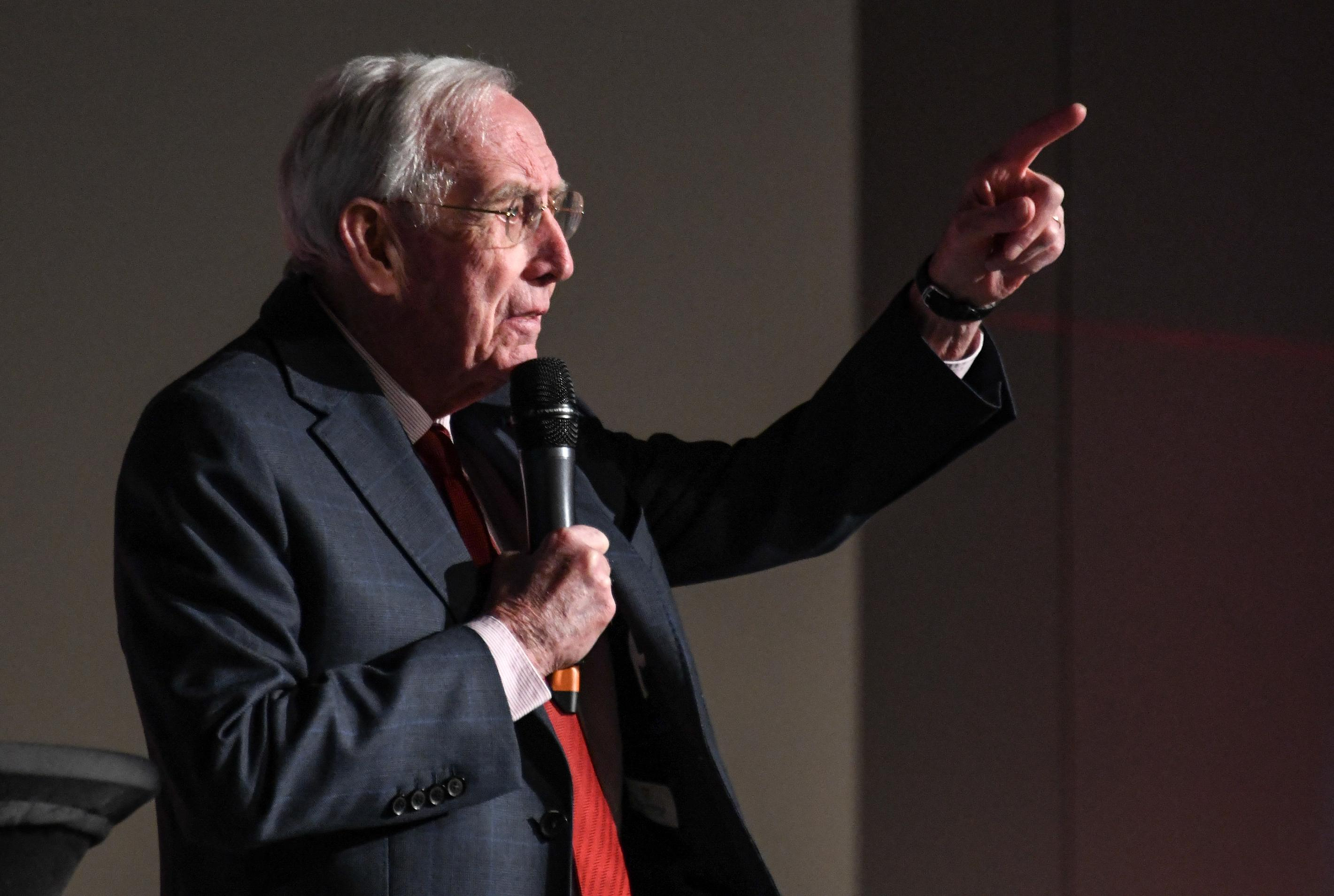A cursed plane? Welcomed in 2015 as a revolution in the world of aeronautics, the Boeing 737 Max, created to compete with the Airbus A320, has suffered a series of disappointments since its entry into service in 2017. Friday January 5, an Alaska Airlines plane heading to from Ontario, California, was forced to make an emergency landing at Portland International Airport from where he had taken off a few minutes earlier. The reason ? A section of its fuselage suddenly detached. On social media, passengers on the flight shared photos showing a gaping hole in the side of the plane, behind the left wing. Miraculously, no passengers were injured. The National Transportation Safety Board (FAA) and Alaska Airlines said they are investigating the incident.
Yet the 737-9 was almost new: manufactured in 2023 and certified in November, the FAA said. In a press release published Friday, the president of the company announced that it would “temporarily” ground the 65 aircraft in its Boeing 737-9 fleet.
Just like United, which has the largest fleet of 737-9s in the world: 46 aircraft are awaiting inspection, with 33 having already been examined. Its competitor Aeromexico has decided to ground all its 737 MAX 9s until checks have been carried out, and the Panamanian company Copa Airlines has suspended the operation of 21 aircraft. On Sunday, the Turkish company Turkish Airlines announced that it was keeping the five Boeing 737 MAX 9s in its fleet on the ground.
In the United States, the American Federal Civil Aviation Agency (FAA) on Saturday ordered the immediate inspection of 171 Boeing 737 MAX 9 aircraft, kept on the ground after the incident. The FAA directive “requires airlines to inspect the aircraft before a new flight,” the agency said.
Six years ago, on October 28, 2018, 189 people died in the crash, off the coast of Indonesia, of a Lion Air Boeing 737 Max, shortly after taking off from Jakarta. A month after the accident, Indonesian investigators attributed the accident to a design defect, inadequate pilot training and poor crew performance.
The MCAS, the automatic system which was to prevent the plane from diving, was singled out. “The design and certification of MCAS were unsuitable,” declared the national committee in charge of transport safety. Likewise, a sensor in this system had been “miscalibrated”. A defect not detected by the maintenance teams.
Less than five months later, on March 10, 2019, an Ethiopian Airlines 737-800 MAX crashed a few minutes after takeoff. The 149 passengers, including nine French people, and the eight crew members died. The plane was flying from Addis Ababa to Nairobi, Kenya. The preliminary investigation report questioned the Boeing's anti-stall system, although it was activated.
In the days that followed, 737 MAXs were banned from Chinese, European, Indian, Canadian and American airspace. But also prohibited from flying over Tunisia, Egypt, Argentina, Japan, Malaysia, Turkey, Australia or even the United Arab Emirates. Many companies had also grounded their planes, such as Ethiopian Airlines, Norwegian Air Shuttle and Turkish Airlines.
In January 2020, Boeing suspended production of its aircraft. After two years of being grounded, the 737 MAX was once again authorized to fly over European skies at the start of 2020; just like in the United States, Brazil and Canada.
The FAA had only authorized return to service after changes to the flight control system.
In December 2023, the manufacturer informed airlines that the aircraft needed to be inspected for loose parts in the rudder control system, following the discovery by an international operator of a bolt without a nut during a routine inspection. The aircraft manufacturer then spotted a nut “which was not properly tightened” on an aircraft not yet delivered.
More recently, Boeing had to slow down deliveries due to problems with the fuselage, particularly with the aircraft's rear bulkhead. At the end of December, Boeing delivered a total of more than 1,370 copies of the 737 MAX and its order book currently contains more than 4,000. Suspended by China since the crashes, deliveries to Chinese companies have still not resumed.

 BBVA ADRs fall almost 2% on Wall Street
BBVA ADRs fall almost 2% on Wall Street Ukraine has lost 10 million inhabitants since 2001... and could lose as many by 2050
Ukraine has lost 10 million inhabitants since 2001... and could lose as many by 2050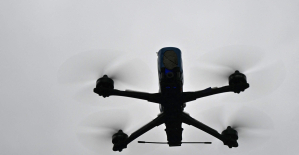 Russia: schools will train children to use drones at the start of the school year
Russia: schools will train children to use drones at the start of the school year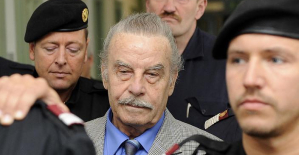 Austria: incestuous torturer Josef Fritzl, nicknamed the “national monster”, could soon be released
Austria: incestuous torturer Josef Fritzl, nicknamed the “national monster”, could soon be released Sánchez cancels his agenda and considers resigning: "I need to stop and reflect"
Sánchez cancels his agenda and considers resigning: "I need to stop and reflect" The Federal Committee of the PSOE interrupts the event to take to the streets with the militants
The Federal Committee of the PSOE interrupts the event to take to the streets with the militants Repsol: "We want to lead generative AI to guarantee its benefits and avoid risks"
Repsol: "We want to lead generative AI to guarantee its benefits and avoid risks" Osteoarthritis: an innovation to improve its management
Osteoarthritis: an innovation to improve its management Ukraine gets a spokesperson generated by artificial intelligence
Ukraine gets a spokesperson generated by artificial intelligence The French will take advantage of the May bridges to explore France
The French will take advantage of the May bridges to explore France Organic flour contaminated by a recalled toxic plant
Organic flour contaminated by a recalled toxic plant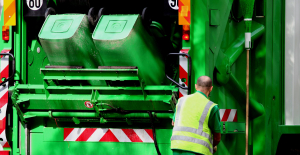 2024 Olympics: Parisian garbage collectors have filed a strike notice
2024 Olympics: Parisian garbage collectors have filed a strike notice Death of Paul Auster: Actes Sud says he is “lucky” to have been his publisher in France
Death of Paul Auster: Actes Sud says he is “lucky” to have been his publisher in France Lang Lang, the most French of Chinese pianists
Lang Lang, the most French of Chinese pianists Author of the “New York Trilogy”, American novelist Paul Auster has died at the age of 77
Author of the “New York Trilogy”, American novelist Paul Auster has died at the age of 77 To the End of the World, The Stolen Painting, Border Line... Films to watch this week
To the End of the World, The Stolen Painting, Border Line... Films to watch this week Omoda 7, another Chinese car that could be manufactured in Spain
Omoda 7, another Chinese car that could be manufactured in Spain BYD chooses CA Auto Bank as financial partner in Spain
BYD chooses CA Auto Bank as financial partner in Spain Tesla and Baidu sign key agreement to boost development of autonomous driving
Tesla and Baidu sign key agreement to boost development of autonomous driving Skoda Kodiaq 2024: a 'beast' plug-in hybrid SUV
Skoda Kodiaq 2024: a 'beast' plug-in hybrid SUV The home mortgage firm rises 3.8% in February and the average interest moderates to 3.33%
The home mortgage firm rises 3.8% in February and the average interest moderates to 3.33% This is how housing prices have changed in Spain in the last decade
This is how housing prices have changed in Spain in the last decade The home mortgage firm drops 10% in January and interest soars to 3.46%
The home mortgage firm drops 10% in January and interest soars to 3.46% The jewel of the Rocío de Nagüeles urbanization: a dream villa in Marbella
The jewel of the Rocío de Nagüeles urbanization: a dream villa in Marbella Europeans: a senior official on the National Rally list
Europeans: a senior official on the National Rally list Blockade of Sciences Po: the right denounces a “drift”, the government charges the rebels
Blockade of Sciences Po: the right denounces a “drift”, the government charges the rebels Even on a mission for NATO, the Charles-de-Gaulle remains under French control, Lecornu responds to Mélenchon
Even on a mission for NATO, the Charles-de-Gaulle remains under French control, Lecornu responds to Mélenchon “Deadly Europe”, “economic decline”, immigration… What to remember from Emmanuel Macron’s speech at the Sorbonne
“Deadly Europe”, “economic decline”, immigration… What to remember from Emmanuel Macron’s speech at the Sorbonne These French cities that will boycott the World Cup in Qatar
These French cities that will boycott the World Cup in Qatar Europa League: Bayer Leverkusen wants “revenge”, warns Alonso
Europa League: Bayer Leverkusen wants “revenge”, warns Alonso NBA: with 46 points, Maxey saves Philadelphia single-handedly
NBA: with 46 points, Maxey saves Philadelphia single-handedly Tennis: a Nadal-Alcaraz double at the 2024 Olympics? “If all goes well, yes,” replies the cadet
Tennis: a Nadal-Alcaraz double at the 2024 Olympics? “If all goes well, yes,” replies the cadet Tennis: “Actually it was a joke, I’ll come back next year!”, Nadal bids farewell to Madrid with humor and emotion
Tennis: “Actually it was a joke, I’ll come back next year!”, Nadal bids farewell to Madrid with humor and emotion